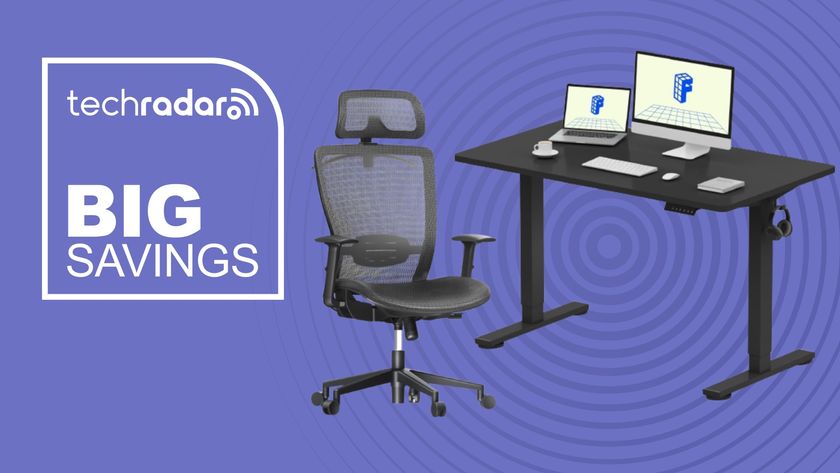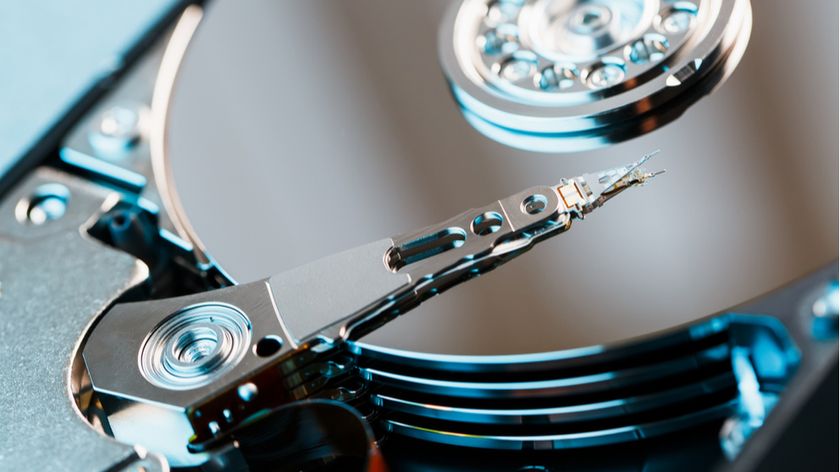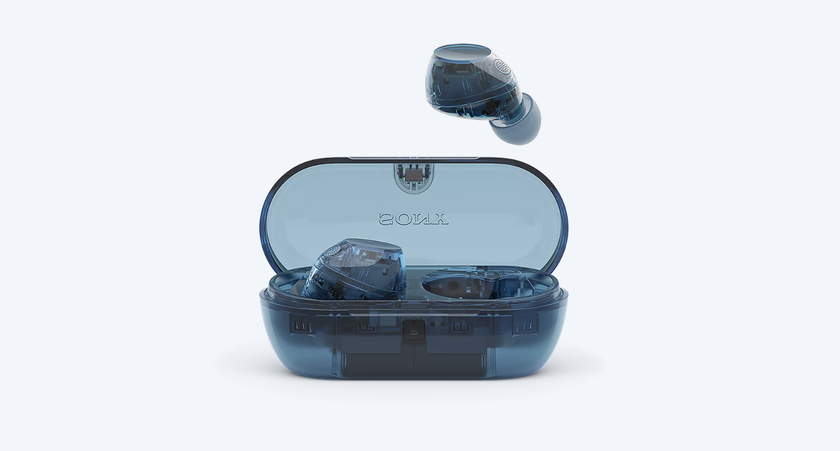3D printing could be used to print human tissue
‘Bioprinting’ could also help to stop the spread of disease

An important development has been made in the field of ‘bioprinting’ which could have a major impact on medical research, and even the ability to produce tailor-made tissue.
Bioprinting refers to having actual cells embedded in a 3D-printed framework, with a new high-resolution process having just been discovered.
- 3D printers could also make the perfect vitamin for you
- Here are the best 3D printers of 2019
- Best Electronic Medical Record (EMR) software of 2019
As highlighted by Science Daily, researchers at the Vienna University of Technology (TU Wien) have engineered a high-resolution bioprinting process using a special ‘bio ink’ with cells able to be embedded in a 3D framework printed with micrometer precision.
What’s more, this method is far faster than previous bioprinting efforts, with a print speed of 1m per second.
Embedding cells in such a 3D framework is a very useful way of investigating the behavior of cells, and aspects like tissue growth, or studying diseases – and a bioprinted structure is a great way to do this.
Need for speed
The researchers at TU Wien based their high-resolution advance on “two-photon polymerization methods”, a process well-suited to producing very fine 3D structures with high precision.
The drawback is that traditionally this high-resolution printing is extremely slow, perhaps only managing to print a few millimeters per second, and the problem then is the survival of the cells.
Are you a pro? Subscribe to our newsletter
Sign up to the TechRadar Pro newsletter to get all the top news, opinion, features and guidance your business needs to succeed!
There’s only a good chance of the cells actually surviving if the printing process can be completed within a few hours, so boosting print speeds from millimeters to a whole meter per second is obviously a giant leap forward.
Professor Aleksandr Ovsianikov, head of the 3D Printing and Biofabrication research group at the Institute of Materials Science and Technology (TU Wien), commented: “Using these 3D scaffolds, it is possible to investigate the behavior of cells with previously unattainable accuracy. It is possible to study the spread of diseases, and if stem cells are used, it is even possible to produce tailor-made tissue in this way.”
So obviously the implications are far-reaching indeed for medical research and beyond…
We also recently saw how a 3D printer could help train the surgeons who operate on you in the future.
- Best home printer of 2019: the top printers for home use
Darren is a freelancer writing news and features for TechRadar (and occasionally T3) across a broad range of computing topics including CPUs, GPUs, various other hardware, VPNs, antivirus and more. He has written about tech for the best part of three decades, and writes books in his spare time (his debut novel - 'I Know What You Did Last Supper' - was published by Hachette UK in 2013).
















